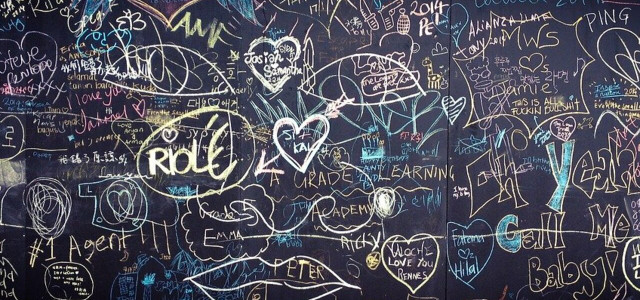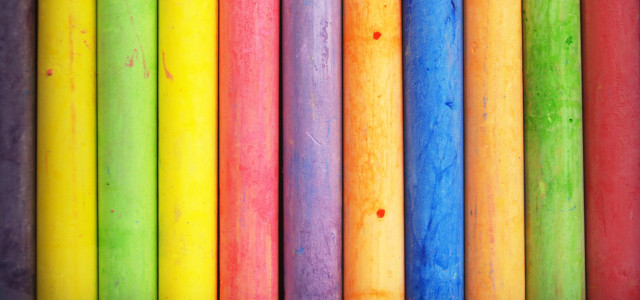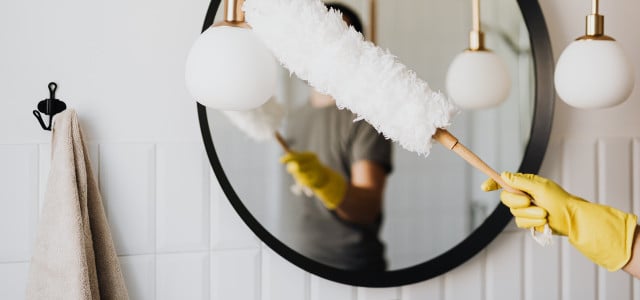Chalkboards and chalkboard paint are becoming popular ways to decorate your home. Yet cleaning chalkboards can sometimes be messy and require specific tools. Read on to learn 3 different methods to clean a chalkboard.
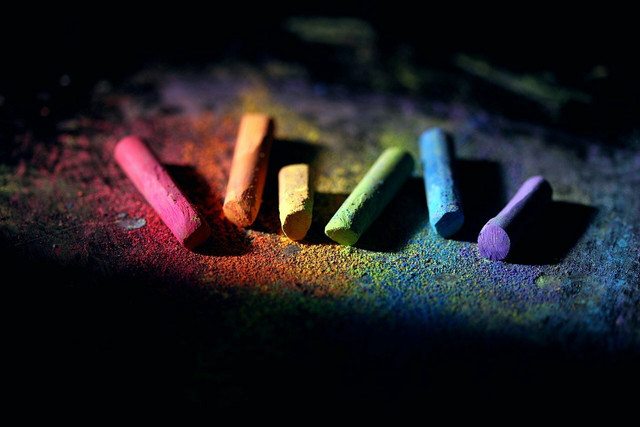
(Foto: CC0 / Pixabay / m_ming)
You should not use harsh chemicals on a chalkboard. If you do, the substances can begin to erode the finish and make the surface more porous, making it even harder to clean over time.
To avoid this, you should use a sustainable method to clean the chalkboard. We’ve listed three easy methods you can try. All three focus on keeping the amount of chalk dust to a minimum and they are all environmentally friendly.
1. How to Clean a Chalkboard with Vinegar
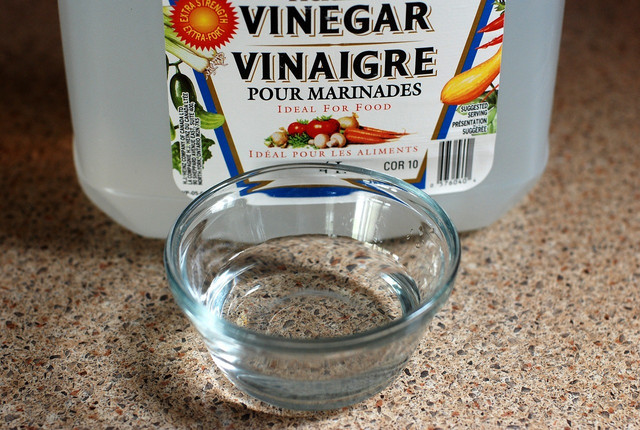


(Foto: CC0 / Pixabay / NatureFriend)
The first step in cleaning your chalkboard requires removing the chalk marks from the board. Sometimes chalkboards come with erasers for this, although they can get worn out quickly. If that’s the case, vinegar will also do the trick.
- Use a towel to erase chalk by starting at the top corner of the board and working down in long strokes. This minimizes the amount of dust in the air.
- When you have removed the chalk residue, the next step is to clean the board with water. Prepare a cleaning solution of 1 cup warm water and 1/2 cup vinegar in a bucket and dampen a rag with the solution. Wring out the rag until it is damp but does not drip.
- Rinse the rag frequently to remove build-up. Wipe down the chalkboard with the rag in long smooth strokes until the entire surface is wet.
- Dry the chalkboard with a clean,dry towel, then air dry.
- Use the chalkboard again as usual and repeat after use.
Please note: When choosing a towel, try to avoid microfibers. While reusable, they are made of synthetic fibers. When you wash a microfiber cloth, microplastics will leach out into the wastewater. The filters in our washing machines and our sewage treatment plants are not efficient enough to retain the tiny plastic particles, so they end up polluting the environment. For that reason, we don’t recommend using microfiber cloths. Instead, try terrycloth towels (available on Amazon**) – they are made of cotton and especially absorbent. If you already have a microfiber towel at home, you may want to put it into a sustainable laundry bag before washing it. Those are also available on Amazon**
2. Cleaning a Chalkboard with Dish Soap
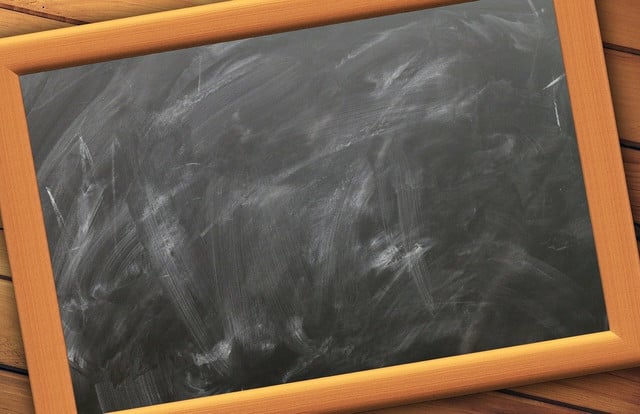


(Foto: CC0 / Pixabay / geralt)
A dish soap (preferably with a good rating by the Environmental Working Group (EWG)) is a sustainable alternative for cleaning your chalkboard. You can also make your own using this recipe for homemade dish soap. Similar to the process with vinegar, the steps are as follows:
- Remove the chalk from the board using long strokes and a towel.
- Prepare a bucket with warm water and a few drops of your natural dish soap.
- Dampen a rag with the solution and, using long strokes, wipe down the chalkboard until it appears damp.
- Air dry or use a clean dry towel to wipe away any lingering dampness.
- Use the board as usual and repeat after use.
3. Using Lemon Oil to Clean Your Board
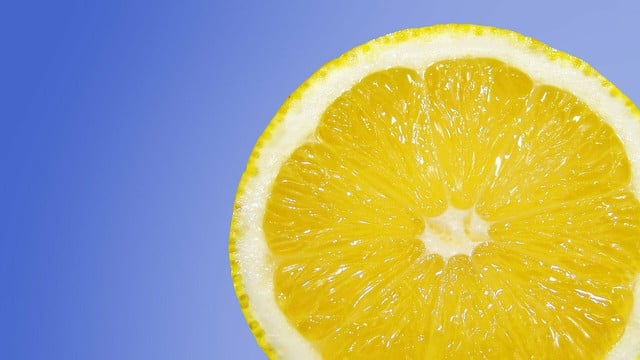


(Foto: CC0 / Pixabay / Jaro_N)
Lemon is a natural ingredient that you can use to make a homemade all-purpose cleaner. If you want to clean your chalkboard, organic lemon oil (available on Amazon**) will also do the trick – but remember to choose organic.
- Take a clean rag and add a few drops of the lemon oil.
- Use a clean microfiber towel to erase the chalk strokes starting from the corner to minimize dust.
- Next, remove the rag from the dish and wipe down the chalkboard.
- Air dry or dry with a towel to eliminate dampness/oil from the lemon.
- Use the chalkboard as usual and repeat after use.
Read on:
- Citric Acid for Cleaning: Practical Household Uses
- Swedish Death Cleaning: The Art of Decluttering
- How to Clean Mirrors Naturally: Easy DIY Cleaning Solution
Do you like this post?






